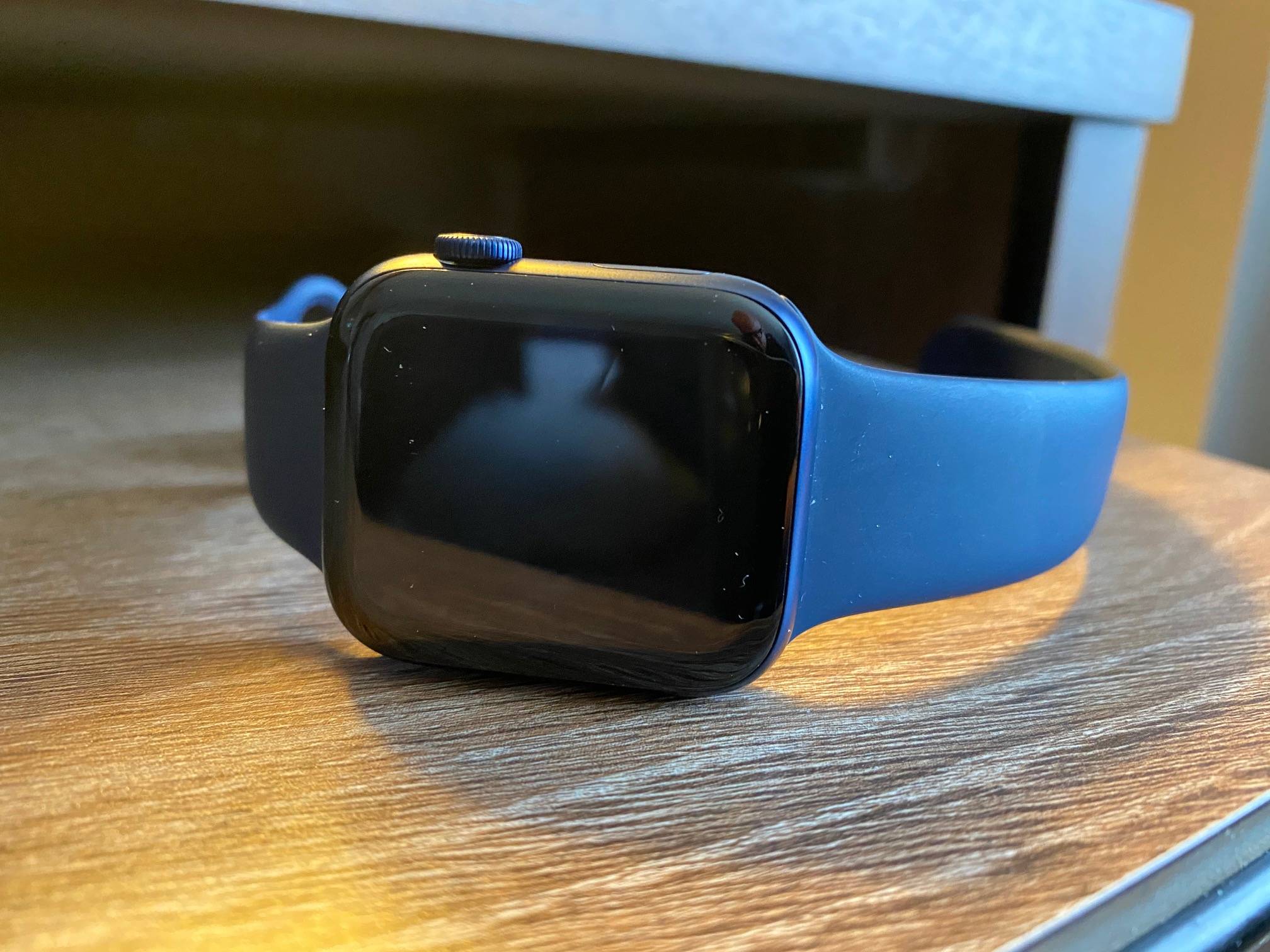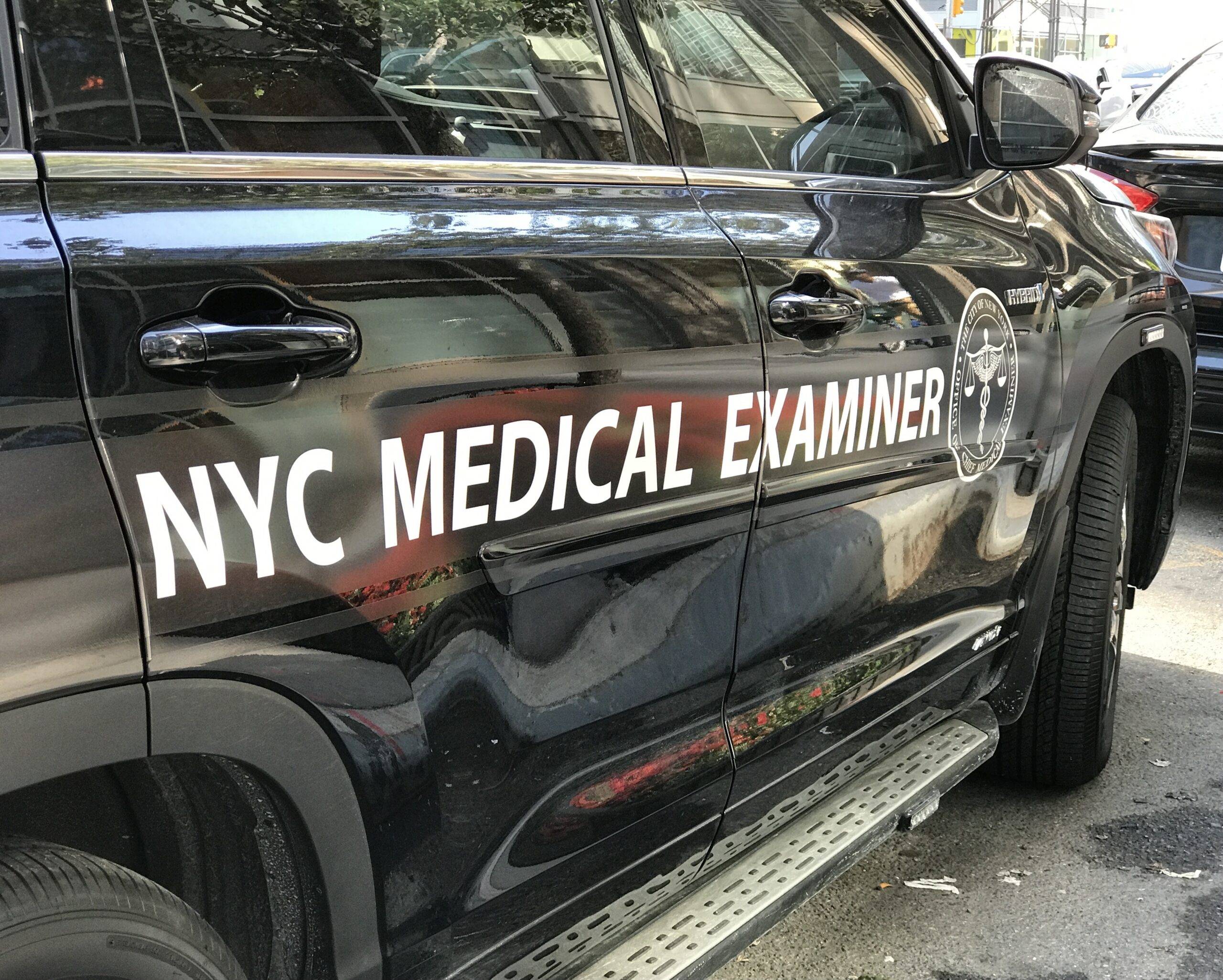Digital Forensics and the Physiological Time of Death
Digital Forensics and the Physiological Time of Death
By: Frank Thornton
During an investigation, the Physiological Time of Death (TOD) is often critical to investigators. This is especially true in homicide cases when the investigator tries to determine the victim's last movements and whom they might have been in contact with at a given moment in time. ...
Recording the Time of Death
Caveats of Death Investigations:
Recording the Time of Death
By: Joseph Giacalone
Recording the time of death can often be a tricky situation for investigators. There are a number of things that are out of the investigator's control, Time of Death (TOD) is only one of them. The golden rule for death investigations is to treat every one ...

